Via: Environmental Graffiti
Written by: Yohani Kamarudin

Photo: Judith74
We don’t really want to know what this chair was used for…
Many deserted hospitals are eerie, unsettling places to explore and photograph. Filled with memories of sickness, misery and death, they tend to stir up a lingering atmosphere of gloom. However, the abandoned Beelitz-Heilstätten sanatorium in Brandenburg, Germany has more reason than most to send a chill down one’s spine. Not only has it confined throngs of TB-infected patients, but it has also played host to two dictators and been the scene of grisly murders as well as the setting for accidental deaths and a number of serious injuries.

The old surgery room – straight out of a horror movie
Looking around the massive 60-building complex, it seems tailor-made for horror movies and foolhardy urban explorers. Plants snake over crumbling brickwork, long darkened passageways connect mysterious rooms, and then there’s all the discomforting abandoned equipment. There are even claims that the old hospital is haunted. No wonder so many explorers are willing to break the law just to get a good look around the decaying buildings.

Photo: Sebastian Niedlich
The photographer thinks this was likely a pathology room rather than twin bathtubs; it’s creepy either way.
For those who risk entry into the dilapidated buildings – and it’s definitely a risk – there are many interesting rewards. Some sections feature graceful columns and arches, while wonderful tile work and murals adorn the walls elsewhere. Even in its broken-down state, there’s no mistaking how smart this place must have once looked – and by contrast how terribly eerie it looks now.

Photo: Cornelius Bartke
The large windows in this patients’ room make the space seem surprisingly light and airy.
But as lovely as the architecture is, a number of notorious characters appear when one delves through the history of Beelitz-Heilstätten. In fact, these figures are perhaps even more of an attraction than the sanatorium itself.
The Berlin Workers Health Insurance Corporation designed the original sanatorium, and construction commenced in 1898. When it opened in 1902, the 346-acre (140-hectare) site had separate sections for male and female patients suffering from tuberculosis (TB).

Photo: Cornelius Bartke
A sunken tub in the men’s spa section; we wonder if Hitler had a soak here?
The facility at Beelitz-Heilstätten initially provided beds for as many as 600 patients, and it further expanded between 1905 and 1908, the number of beds doubling. Since the contagious nature of TB was known about at the time, efforts were made to keep those who were infected separate from other people, which meant supplying inmates with their own laundry, beer garden, butchers, restaurant and post office.

Photo: Cornelius Bartke
An examination room, perhaps?
During those days before antibiotics, the chances of recovery from a disease like TB weren’t good for the average person. The odds of patients surviving beyond five years were only 50 percent – and that’s even if they were wealthy enough to visit the top sanatoriums. No doubt many people drew their last breaths at Beelitz-Heilstätten – a melancholy thought as we explore these now empty rooms and corridors.

Photo: Cornelius Bartke
One of the long, spooky corridors at Beelitz-Heilstätten
At the outbreak of World War I, the Red Cross requisitioned the hospital complex, and on August 3, 1914, all patients unfortunate enough to be confined there at the time were sent packing. There were now 1,525 beds ready for injured soldiers, and one of the individuals treated there was a young infantryman named Adolf Hitler. Hitler had been sent over from the Battle of the Somme, where his thigh had been injured by a shell blast.

Photo: Cornelius Bartke
An old-fashioned bathtub that we assume no longer works
Hitler spent nearly two months convalescing in the surroundings of Beelitz-Heilstätten. He even wrote about his stay there in Mein Kampf. The future Führer returned to the front lines after his recovery, but 18 months later he was left temporarily blind by mustard gas and was hospitalized elsewhere – this time for the remainder of the war.

Photo: Cornelius Bartke
A slightly more cheerful looking room
After WWI, the sanatorium went back to its original purpose: treating TB victims. A new building for female patients was constructed in keeping with the latest surgical treatments for the disease. However, when WWII broke out, the hospital was once again given over to the treatment of wounded soldiers. This, perhaps, made it a target for the Allies, and parts of the complex were bombed beyond repair.

Photo: Judith74
A statue stands guard outside the sanatorium building.
In 1945, it was the occupying Red Army’s turn to take over the site, turning the hospital into the biggest Soviet military hospital outside the socialist super-state. The Soviets were the last custodians of the entire complex, and traces of their presence still remain in the form of murals and an iconic statue of a soldier.

Photo: Cornelius Bartke
There are interesting architectural flourishes all over the complex.
Even after the reunification of German in 1990, the Soviets retained possession of the Beelitz-Heilstätten complex. After the reunification, the former East German Head of State Erich Honecker checked into the hospital seeking treatment for his liver cancer. However, Honecker and his wife Margot didn’t stay long. The couple fled to Moscow three months later in an attempt to evade Erich’s prosecution over the deaths of East German citizens who were killed while attempting to cross the border into West Germany. The Russians later sent them back to Germany, where ill health prevented Honecker from going to trial. He died in Santiago, Chile not long afterwards.

Photo: Cornelius Bartke
These stained glass windows have remained intact.
In 1994, the Soviets finally gave up the Beelitz-Heilstätten facility, and the hospital was taken over by investors. Some sections of the property were turned into a treatment and research center for those suffering with Parkinson’s disease and other neurological disorders. These continue to operate today, amidst the deteriorating abandoned buildings that surround them.

Photo: Cornelius Bartke
This dark hallway is definitely not somewhere you’d like to linger alone for too long.
Before the Soviets handed over the hospital and its grounds, a horrific serial killer known as The Beast of Beelitz – or the Pink Giant – stalked the area. On October 24, 1989, the killer, real name Wolfgang Schmidt, murdered 51-year-old woman Edeltraud Nixdorf, who was planting tulips outside her house in Brandenburg. Schmidt’s next victim was Christa Naujoks, a 55-year-old whom he raped, murdered and dumped in May 1990.

Photo: Cornelius Bartke
A mysterious pile of shoes; it looks like some patients went into the closet and never came out.
Schmidt’s other nickname, the Pink Giant, stemmed from his large build and the pink lingerie he used to strangle his victims with – and which he left at the scenes of his crimes as a kind of calling card. On March 13, 1991, Schmidt raped then killed his next victim, stabbing 34-year-old Inge Borkheide until she was dead in woodland in Beelitz. Her body was discovered a week afterwards.

Photo: Cornelius Bartke
A corridor that seems to go on forever
Schmidt’s most heinous crime also took place in the woods of Beelitz, near the Soviet hospital. On March 22, 1991, he stopped the wife and three-month-old son of a Beelitz physician while they were out walking in the woods. Schmidt killed the baby first by smashing him into a tree; then he raped and strangled the child’s 44-year-old mother.
Two weeks later, Schmidt attacked a 12-year-old schoolgirl who was out walking with a friend. Fortunately, the girls were able to escape, and they described Schmidt to the police. Schmidt’s next victim, 66-year-old Talita – who was attacked the day the girls gave evidence to the police – wasn’t so lucky. However, two men caught Schmidt in August 1991, ending the Beast of Beelitz’s reign of terror.

Photo: Sebastian Niedlich
Looks like graffiti artists have visited this green-tiled room in the surgery building
Wolfgang Schmidt was not the last individual to commit murder in the hospital’s vicinity. In fact, the next horrible act transpired in the hospital grounds themselves. In 2008, a photographer known only as Michael K. did a photo shoot with a model named Anja P. in the creepy, derelict operating theater. After the shoot, Michael took Anja to an apartment within the complex – formerly the gatehouse – where he first beat her to death and then defiled her body.

Photo: Cornelius Bartke
Would you be brave enough to step inside?
With such a history of violence, it’s no wonder that there are rumors that Beelitz-Heilstätten is haunted. A security guard has claimed he has heard eerie sounds at night on the property. Visitors have also reported seeing doors opening of their own accord and feeling the temperature plunge dramatically without any explanation.

Photo: Sebastian Niedlich
Fume hoods in the old laundry and lab building.
Although the buildings of Beelitz-Heilstätten are of historical and architectural importance, it seems unlikely that the whole complex will be restored – not without a huge amount of funding, at least. Still, smaller projects have been proposed, such as putting up raised walkways across certain buildings and making the area safe to visit as a proper tourist attraction.

Yet another sinister looking hallway, this time in the surgery building
In the meantime, anyone who wants to explore the crumbling old hospital need exercise extra caution. After a fatal accident some time ago, efforts have been made to keep people off the property. Entrances to particular buildings have been boarded up, and security guards reportedly scour the site. Then, of course, there are the usual abandoned building hazards – like falling masonry and rotting floorboards.

Photo: Cornelius Bartke
This foreboding staircase looks like the ideal spot for a lurking serial killer.
Despite the dangers, as long as there are abandoned buildings left to investigate and photograph, Beelitz-Heilstätten will no doubt remain irresistible to urban explorers. And if the structures are demolished in the future, at least, thanks to photographs like these, we’ll be left with a rich visual record of their existence – and their fascinating, mysterious and terrifying past.






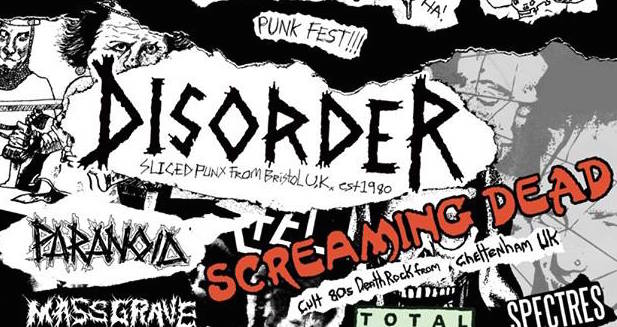


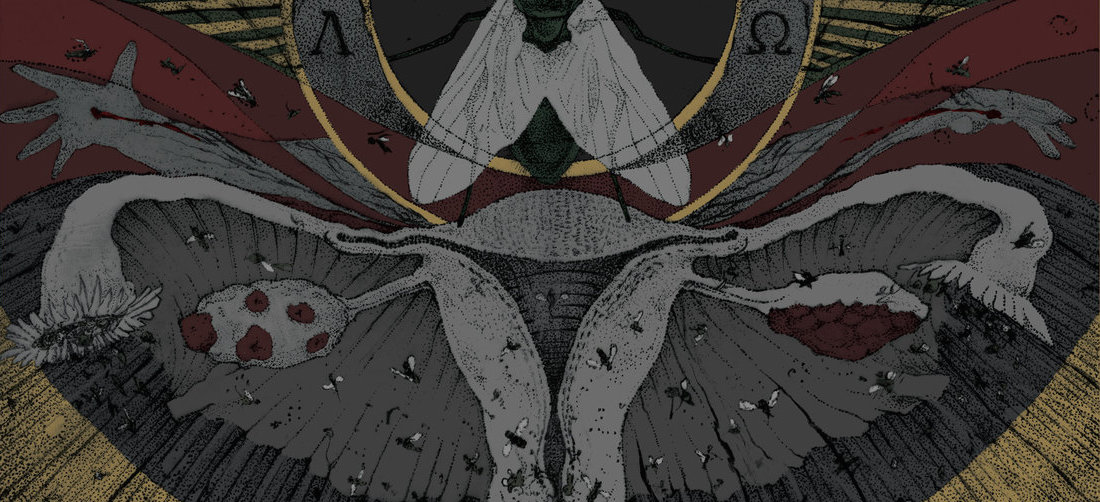

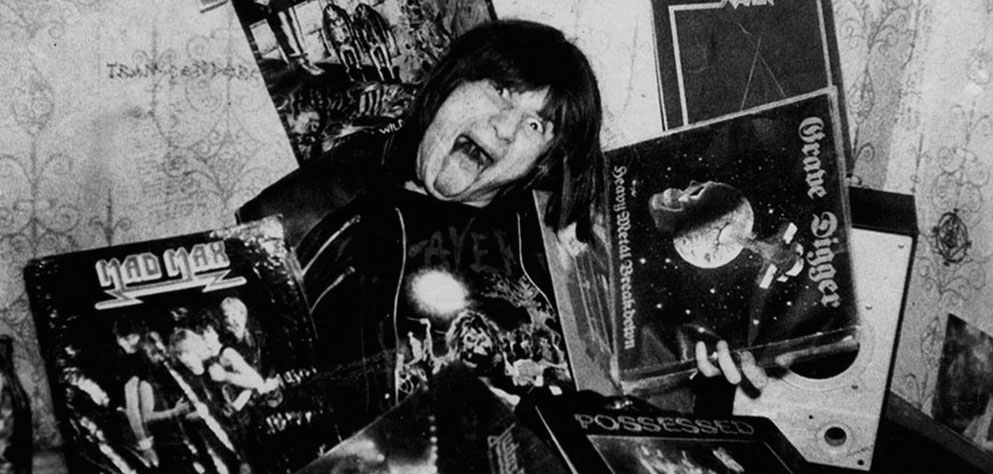

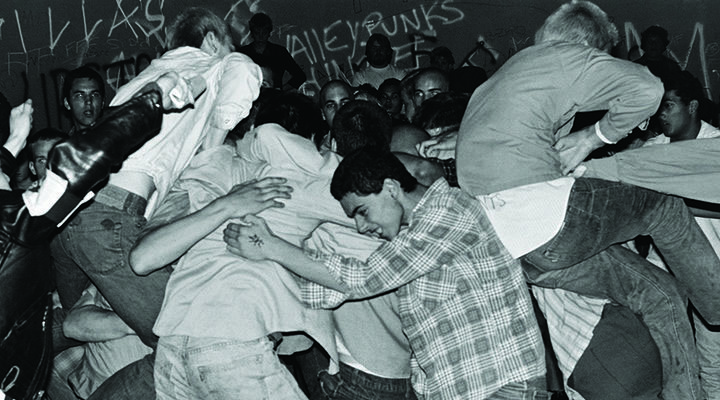





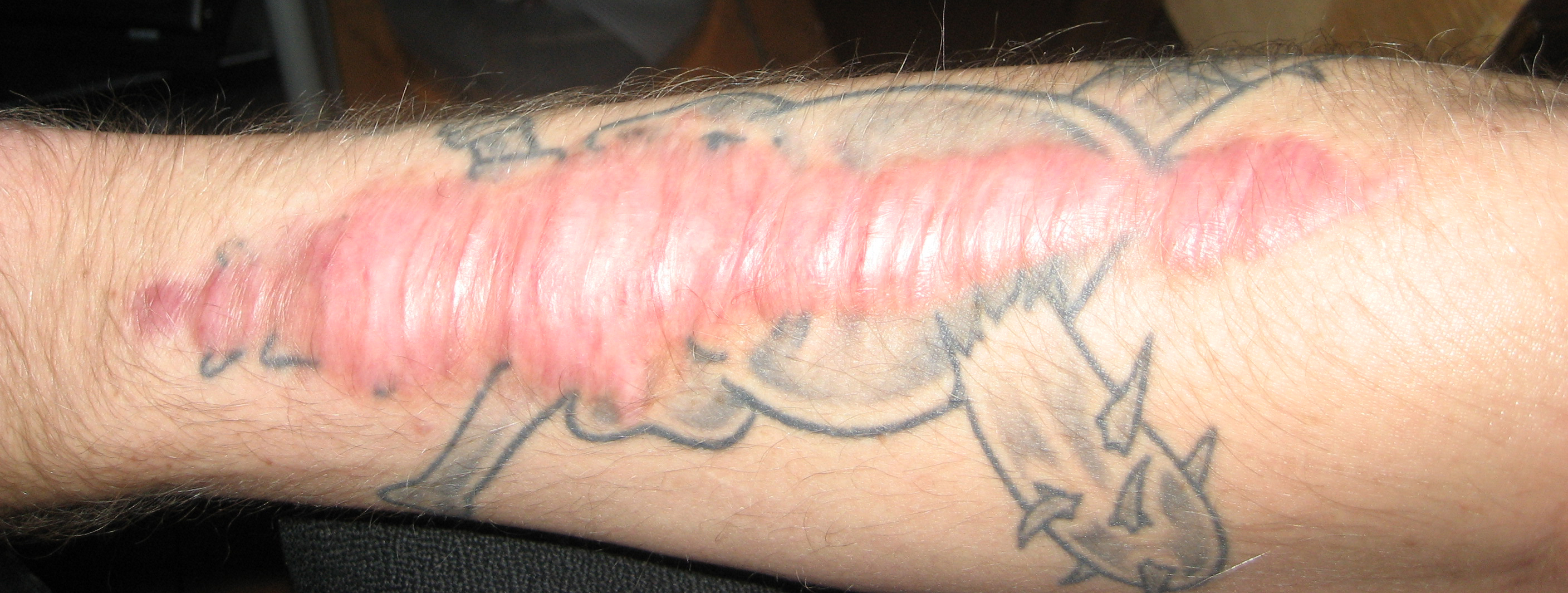
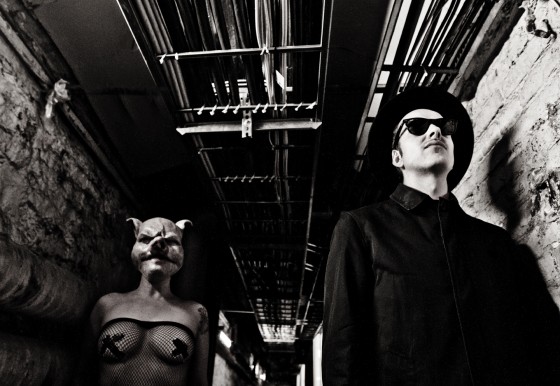
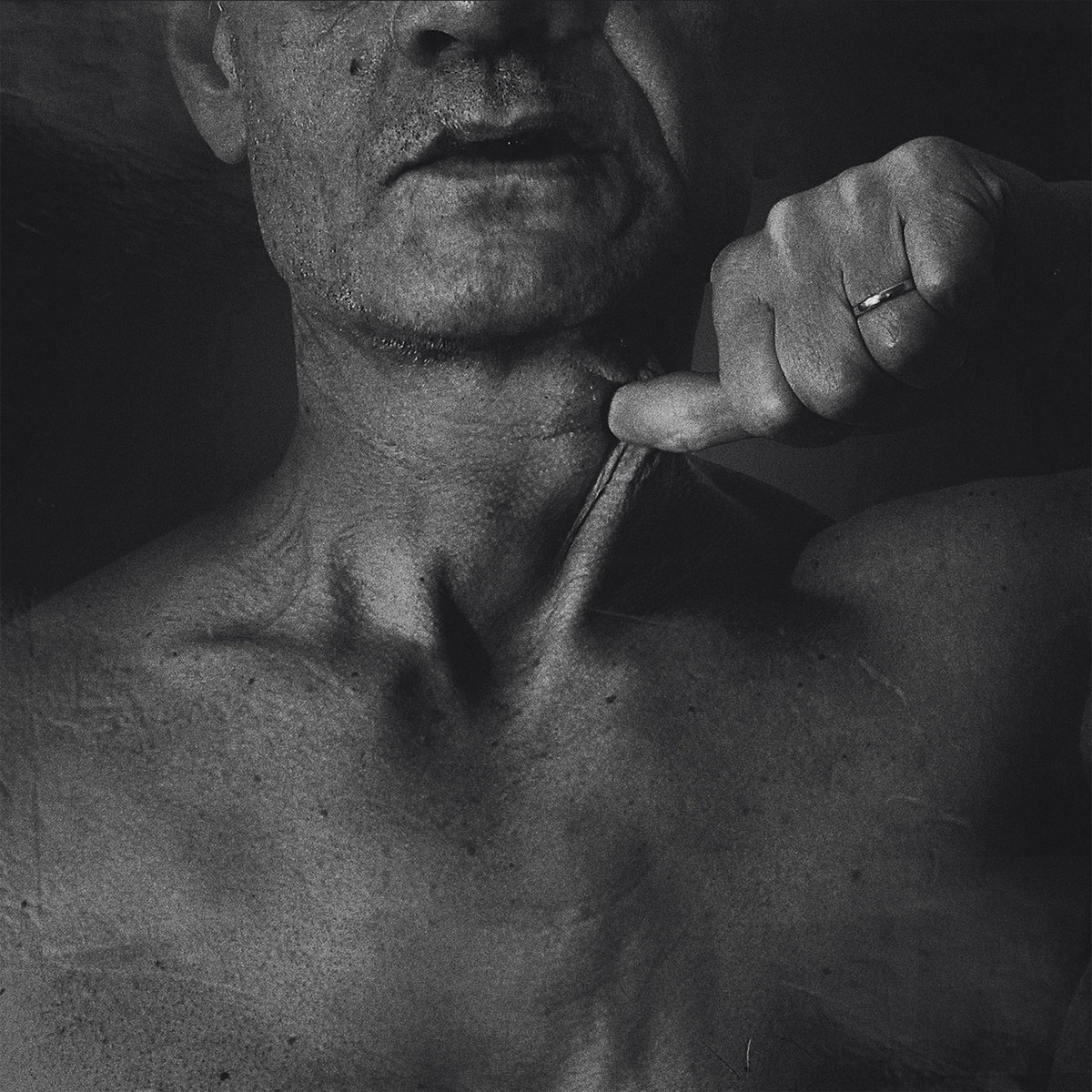

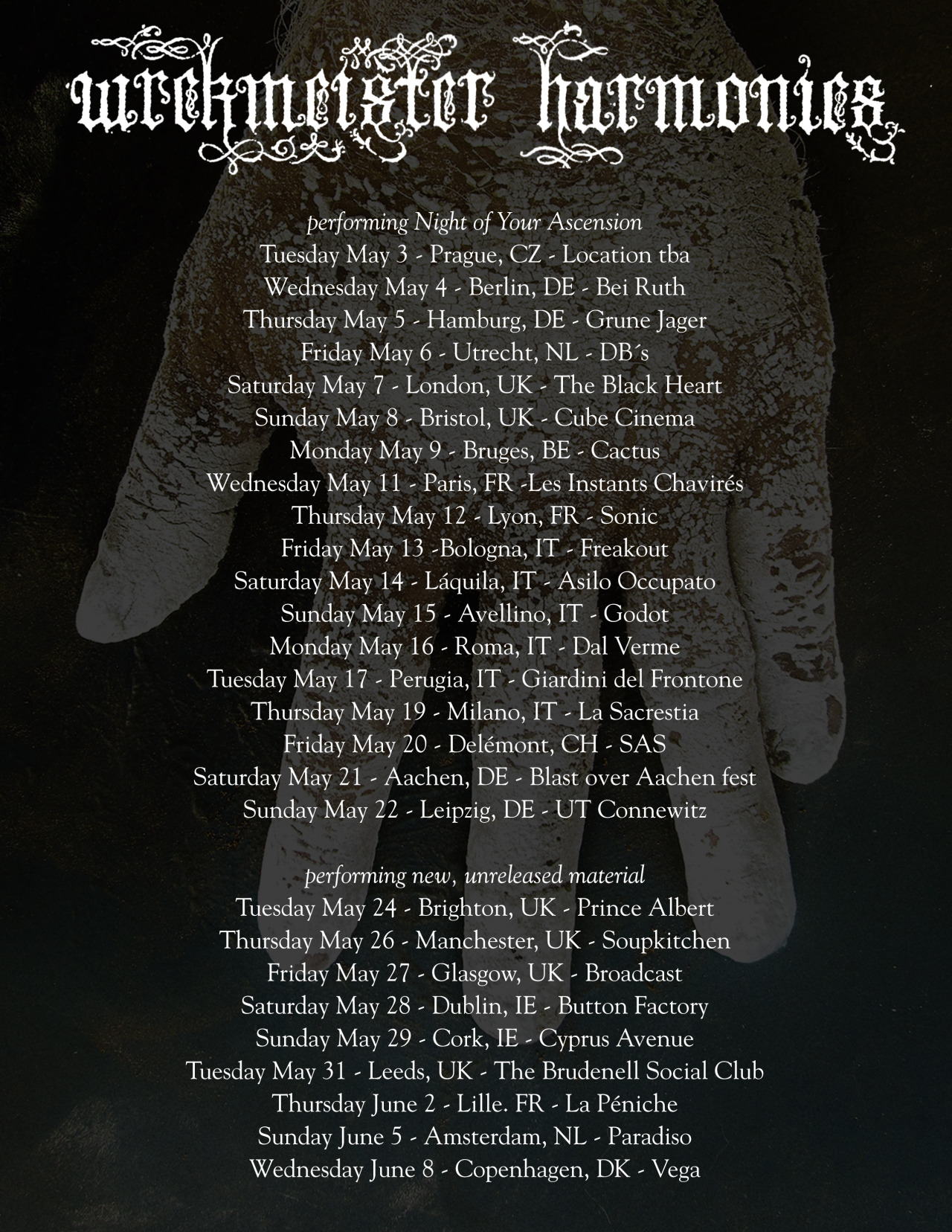
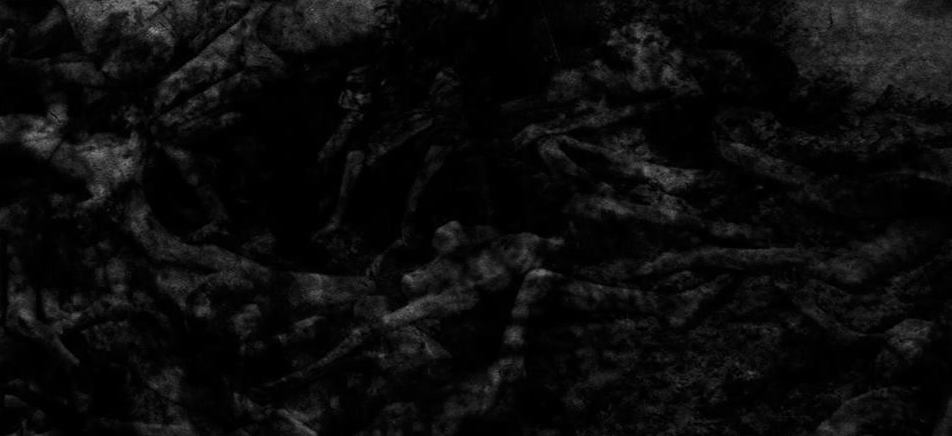




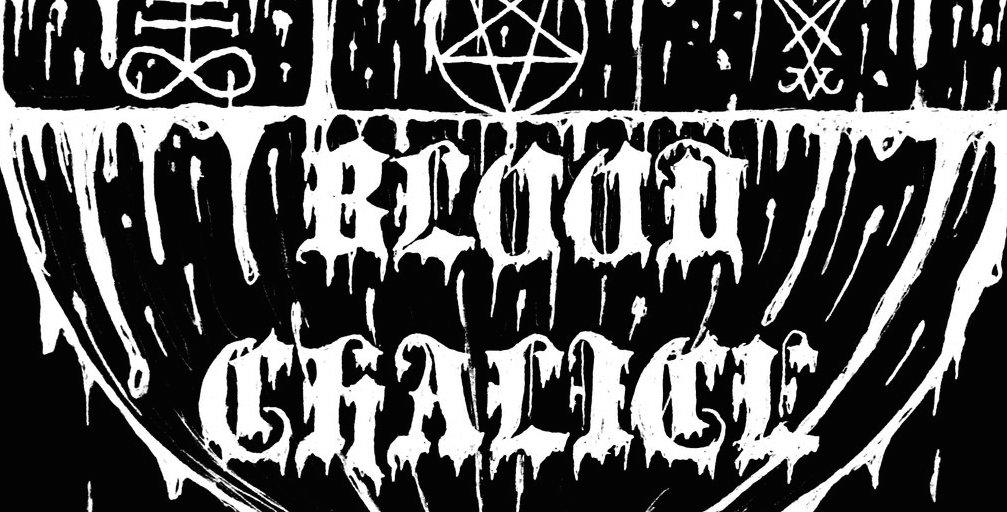
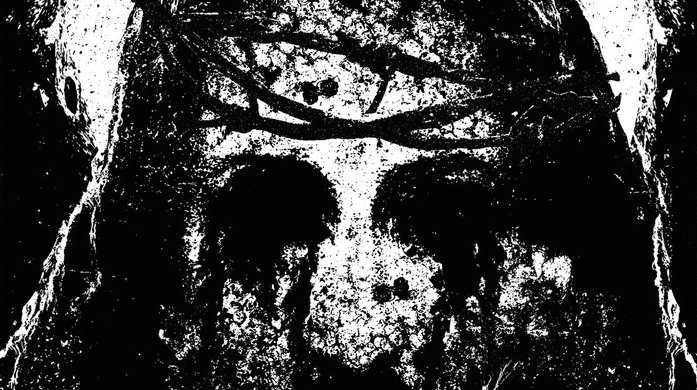




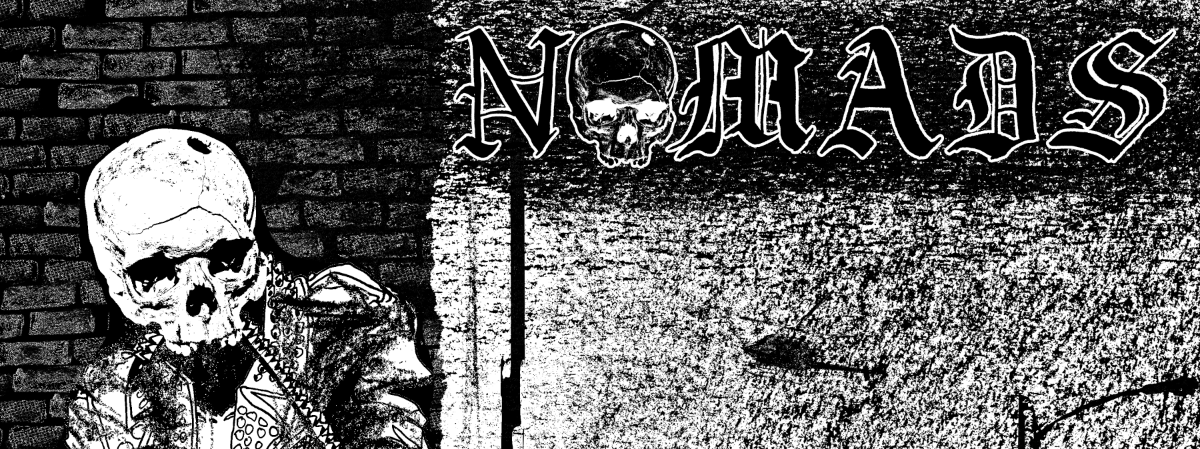


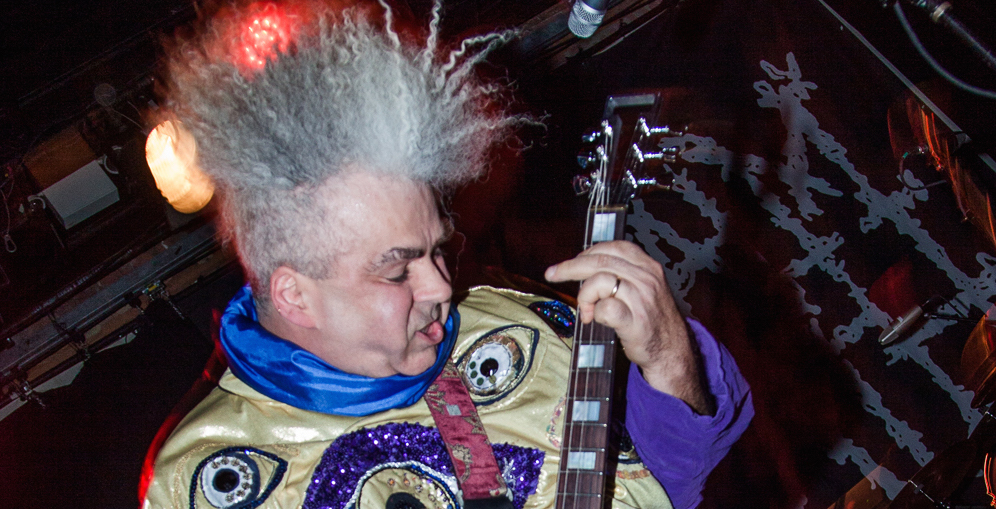

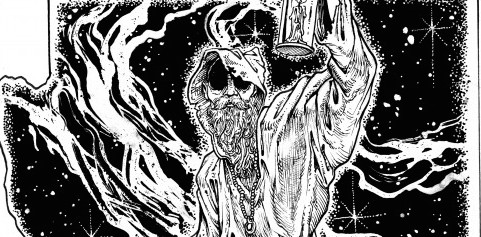
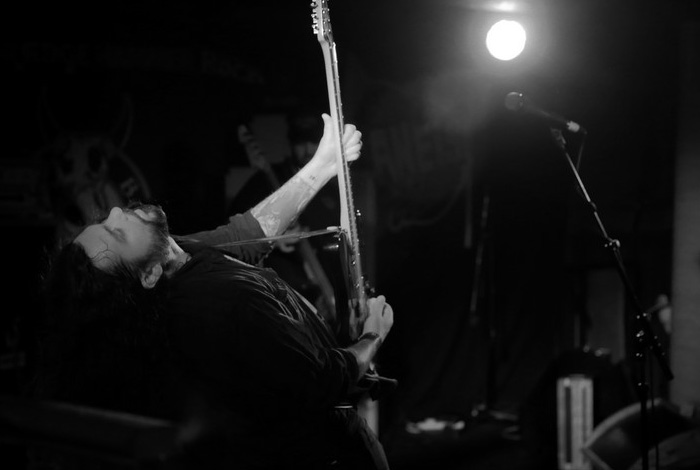


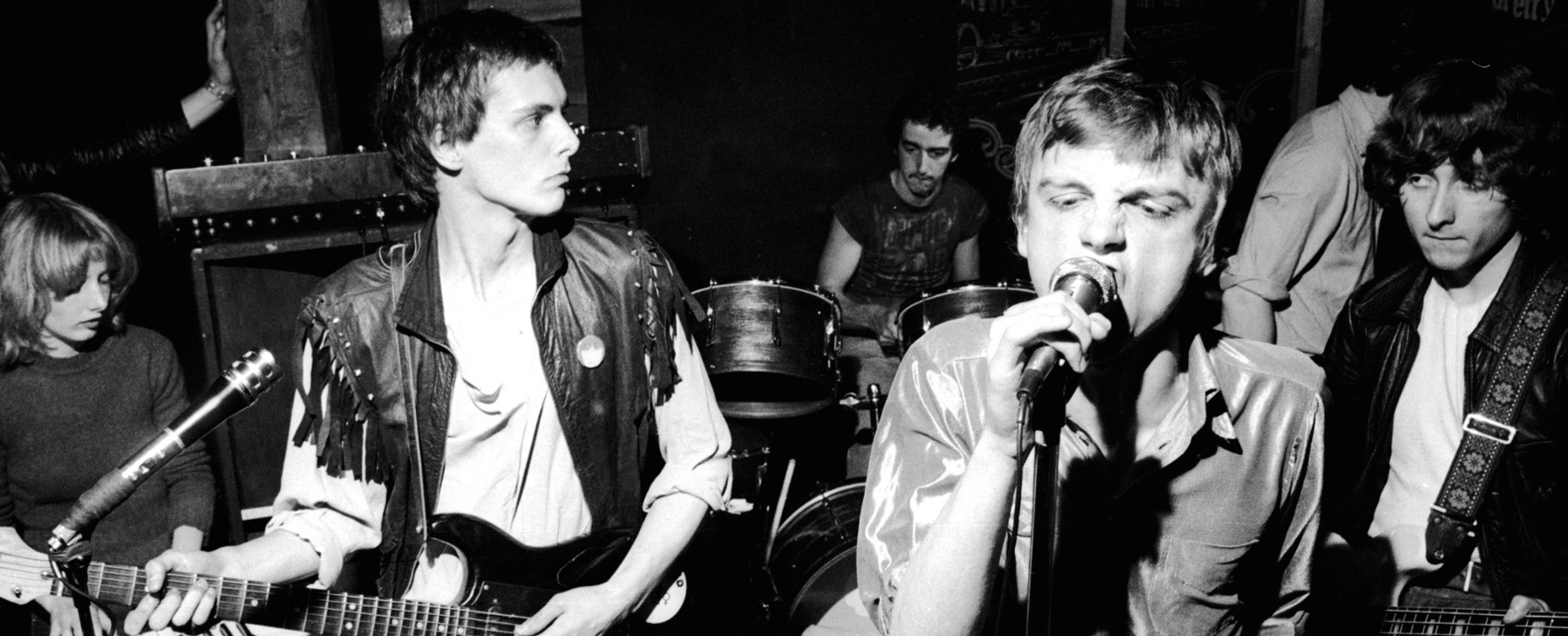

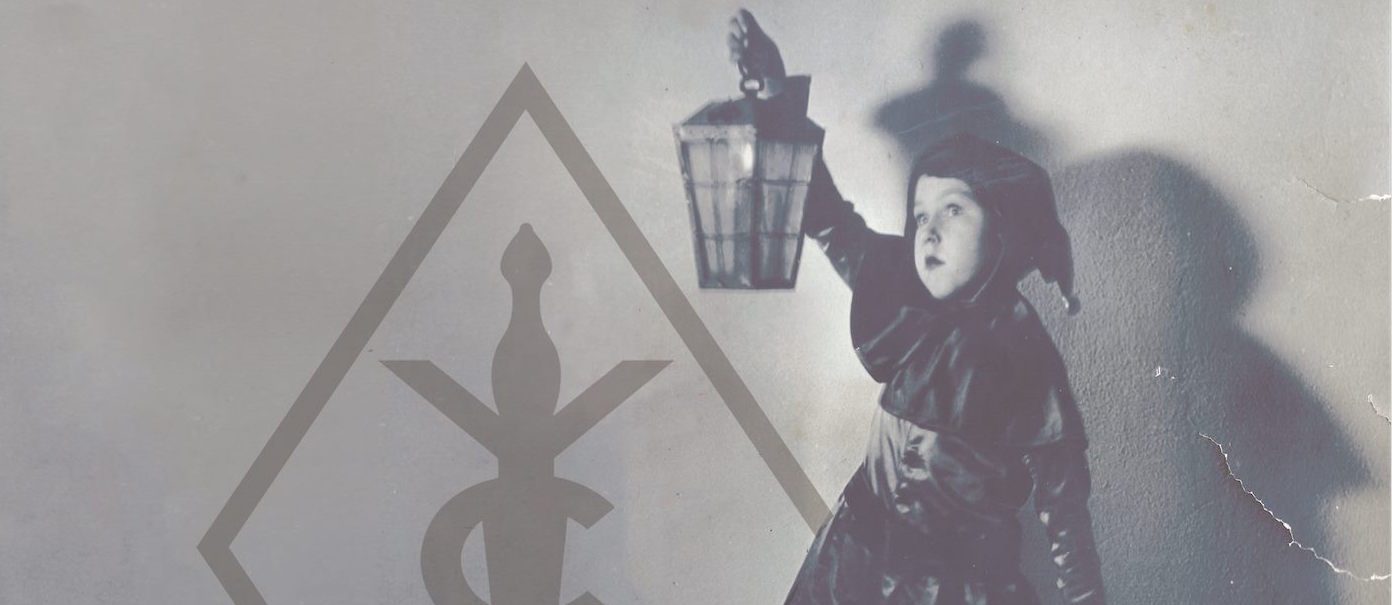



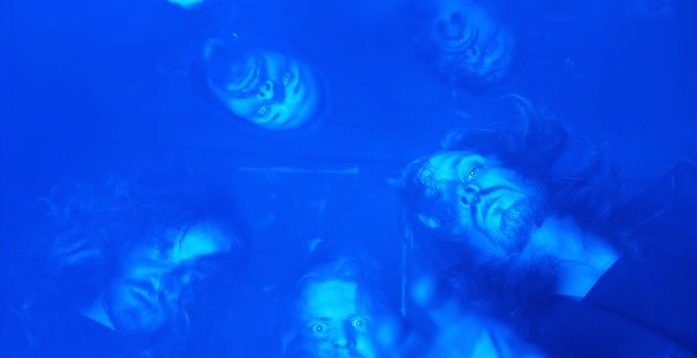





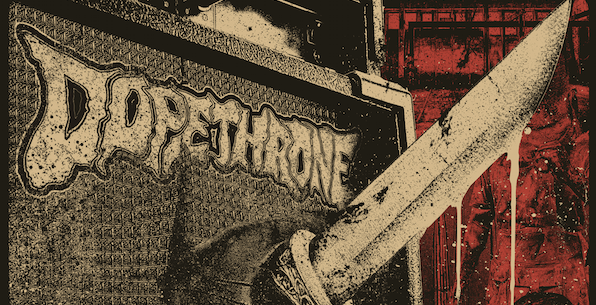


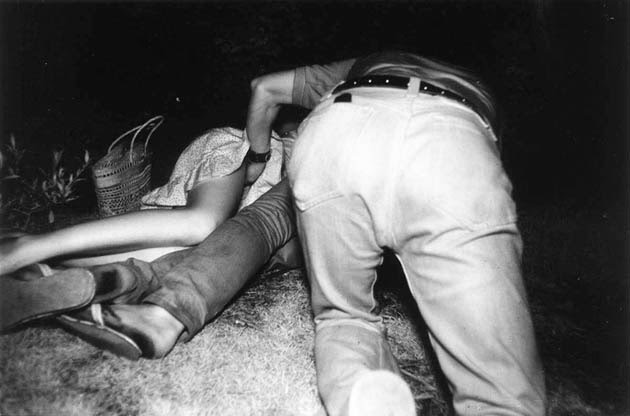
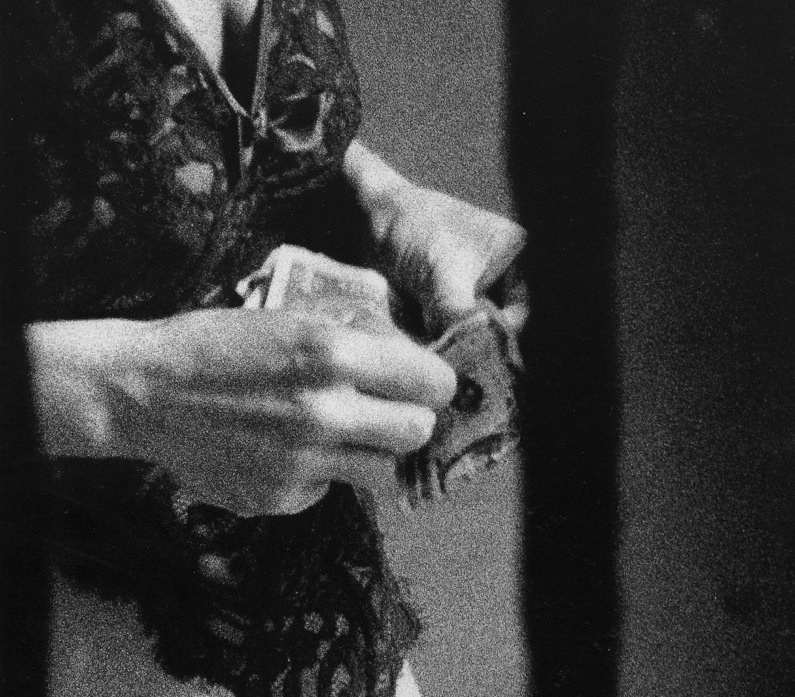

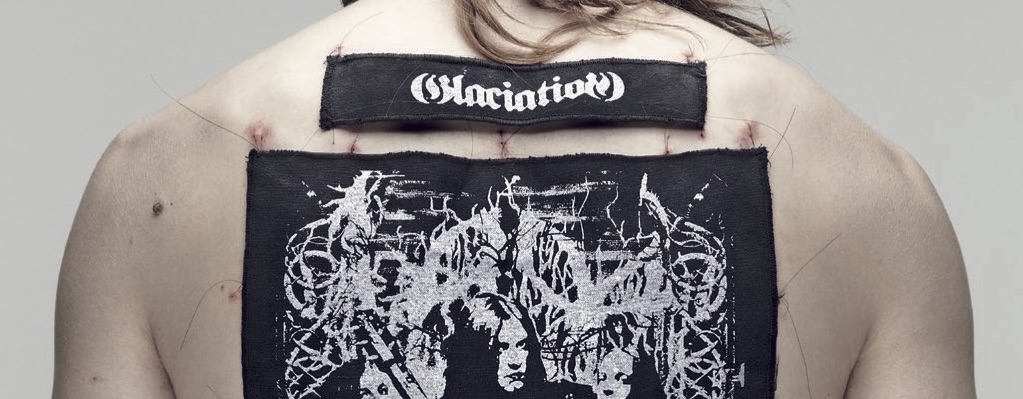

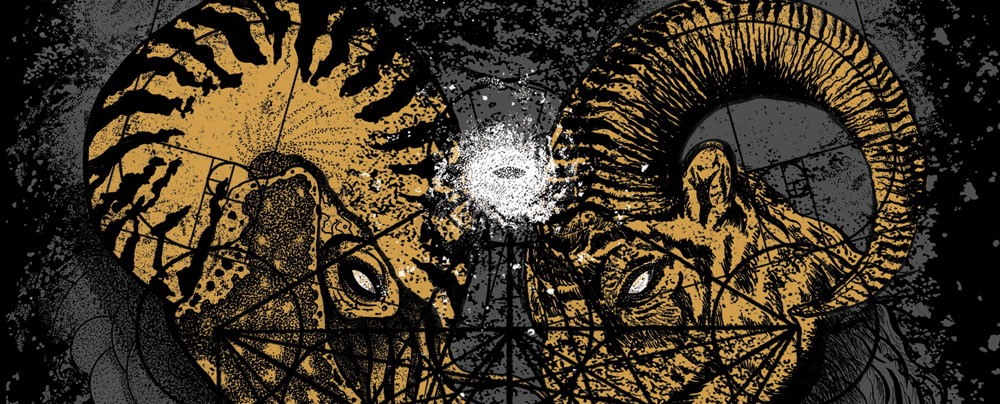

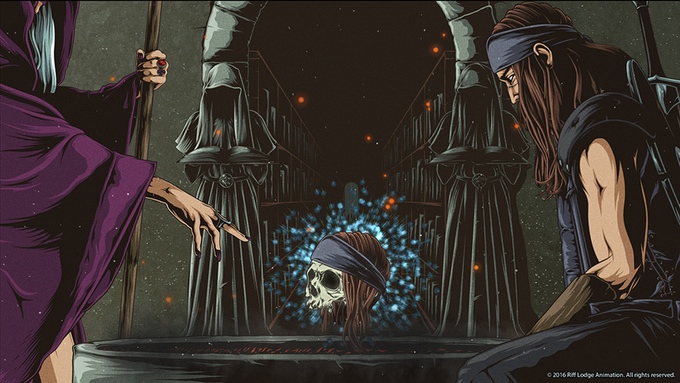
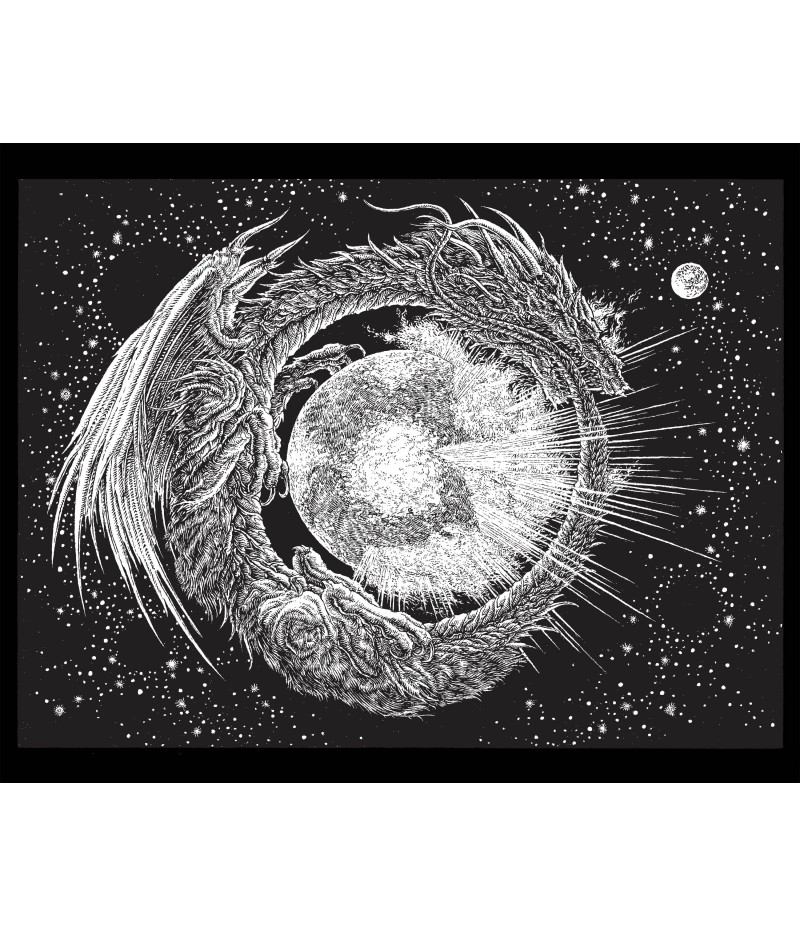








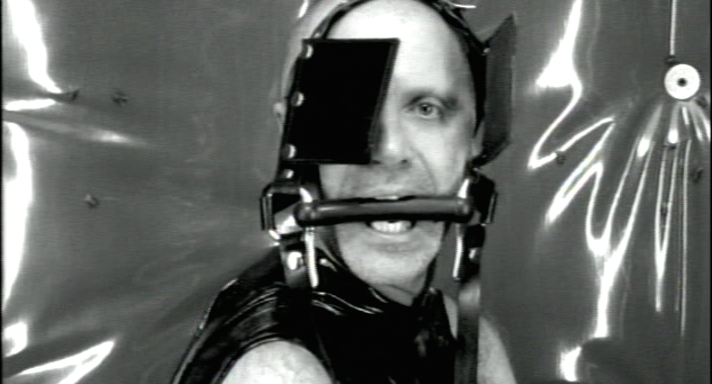






















New Comments